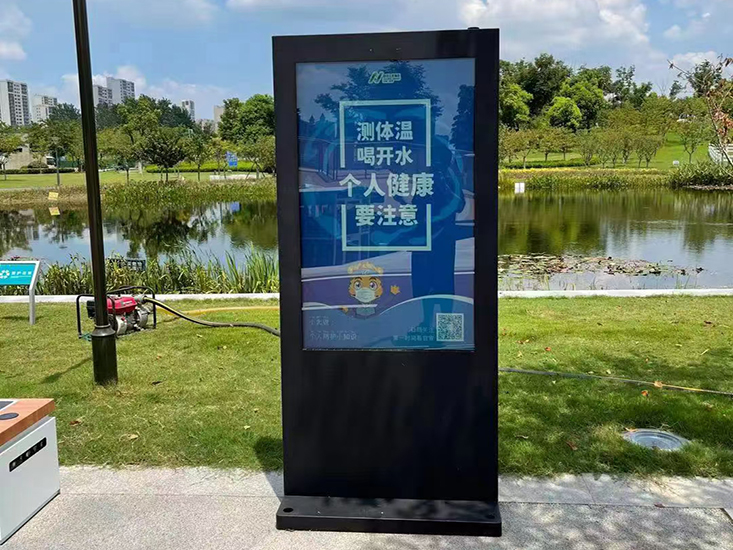The interactive whiteboard, also known as a teaching all-in-one machine, is a powerful tool used in classrooms and meeting rooms for various purposes. It combines the functions of a traditional whiteboard, computer, projector, and touch screen, allowing users to interact with digital content in a collaborative and engaging manner. Here are some of the key features and usage methods of an interactive whiteboard:
1. Writing and Drawing: The interactive whiteboard allows users to write and draw on the surface using a stylus or their fingers. It provides a smooth and responsive writing experience, making it easy to take notes, solve problems, or illustrate concepts.
2. Multimedia Integration: Users can connect the interactive whiteboard to a computer or other multimedia devices to display and interact with various digital content. This includes images, videos, presentations, websites, and educational software. It enhances the learning experience by making lessons more interactive and visually appealing.
3. Annotation and Highlighting: The interactive whiteboard enables users to annotate and highlight content in real-time. This is particularly useful for emphasizing important points, correcting mistakes, or adding additional information to existing materials. Annotations can be saved and shared with others for future reference.
4. Collaboration and Sharing: Multiple users can simultaneously interact with the interactive whiteboard, fostering collaboration and teamwork. It allows for group discussions, brainstorming sessions, and interactive activities. Users can also save and share their work with others, promoting knowledge sharing and peer learning.
5. Internet Access: With an internet connection, the interactive whiteboard provides access to a vast amount of online resources. Users can browse the web, access educational websites, or download and use educational apps. This opens up endless possibilities for research, exploration, and interactive learning.
6. Assessment and Evaluation: The interactive whiteboard can be used for conducting quizzes, tests, and assessments. Teachers can create interactive quizzes or use pre-made templates to evaluate students' understanding and progress. The immediate feedback and visual representation of results help identify areas of improvement and tailor instruction accordingly.
7. Remote Learning: The interactive whiteboard can be used for remote learning, allowing teachers and students to connect and interact virtually. It supports video conferencing, screen sharing, and remote control, enabling teachers to deliver lessons and engage students from anywhere.
In conclusion, the interactive whiteboard is a versatile tool that enhances teaching and learning experiences. Its features, such as writing and drawing capabilities, multimedia integration, collaboration, and internet access, provide endless possibilities for creating interactive and engaging lessons. Whether used in traditional classrooms or remote learning environments, the interactive whiteboard revolutionizes the way knowledge is shared and acquired.







